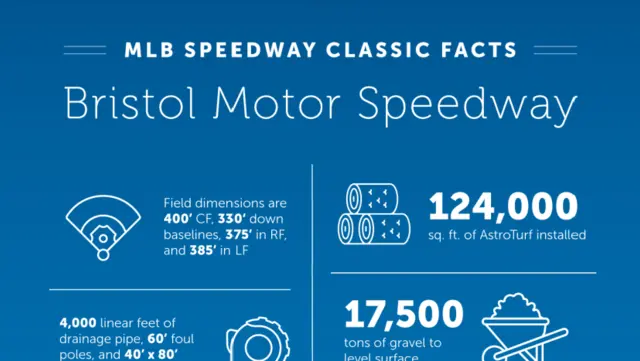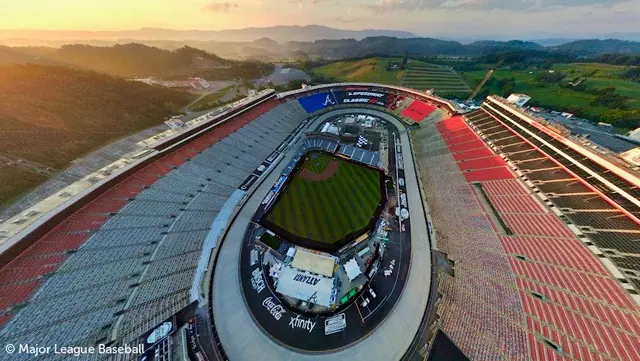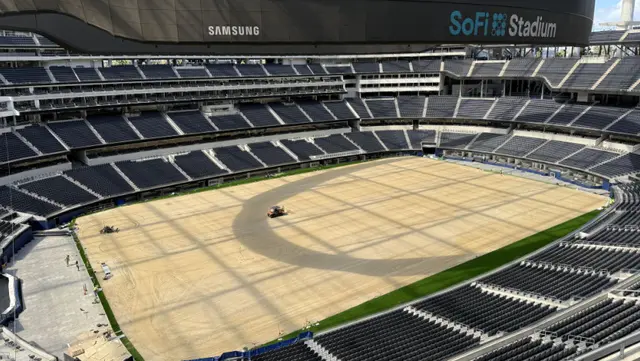What Goes into Installing a MLB Pitching Mound? - Ask BrightView
Ask BrightView: Episode 16
Building a pitcher's mound is more than just dumping dirt into a pile, but requires exacting measurements, specialty materials, compaction, and daily maintenance. BrightView Sports Turf's Kevin Moses describes, step-by-step, what it takes to install a pitching mound that is up to Major League Baseball specifications.
(For the full transcript, see below.)
Your Questions, Answered
We take your burning questions and give you the best advice, tips, steps, and more for your landscape needs in our Ask BrightView series.
Have you seen the latest episode yet?
Video Transcription
What goes into installing a Major League Baseball pitching mound?
KEVIN MOSES, expert:
Hi, my name is Kevin Moses with BrightView Sports Turf. Today, we're going to talk about how to build a pitcher's mound.
Dimensions
Step one in laying out your field is to start with home plate. Home plate is where your entire field is laid out from. The pitching mound is set 60 feet, 6 inches from the apex of home plate and at an elevation 10 inches above home plate.
Mound Materials
The mound is constructed of two materials: one is your infield mix, which is going to be your base material and that's what you build up with; and then your specialty clay, or your packing clay, and is installed to a 4-inch depth in your table and your slope. Those are the high-traffic and the high-stress areas where you really need the material with a higher clay content to hold up to the wear and tear that baseball players put on the surface. You basically want minimal holes and minimal blowouts so that a pitcher coming in during the seventh inning has a similar or the same mound as a pitcher who started in the first inning.
Radius
At a point 18 inches in front of the pitching rubber is the center of your mound, which is 59 feet from home plate. This is where you find your 9-foot radius to get the circle of your pitching mound. There are a couple ways to measure the height of your mound: one is a builder's transit, where you'll be able to shoot the elevation from your home plate and then shoot the elevation to your mound and get your 10 inches; and another good tool to use is a some sort of laser system, such as a self-leveling laser, where you're able to get very precise measurements so that your height is set accurately.
Install Clay
Once you've got your mound built up with your infield material, the next step is to install your packing clay. This material is installed to a minimum 4-inch depth in your table area and your slope. The slope of a mound starts 6 inches in front of the rubber and it falls 1 inch per every foot. It's very important instructing amount to be very precise in your measurements. Not only do you have your game mound on your field, but you also have two sets of bullpens, so you want the measurements to be exact from your game mound to your bullpen. The height, the slope, the material, and how everything's built needs to be exactly the same so that the pitchers have that level of comfort and are able to perform to the best of their abilities.
Compaction
It's important for the material to be compact because A) you have firm footing, and B) your measurements are accurate. You can construct using a hand tamp, which does work, though it's going to require a lot more effort and a lot more time, but a plate compactor during the construction process is key to getting the compaction. Once your mound is completed and built, then using a standard hand tamp is normal operating procedures for daily repairs.
Daily Maintenance
Once the mound is constructed, it is very important that it is maintained on a daily basis, whether the team is on the road for a week or playing every day. Your mound needs constant attention, from repairing it after a home stand or checking it for the moisture content and watering it every day. It needs constant attention in order to stay up to the level that is needed for professional players.



